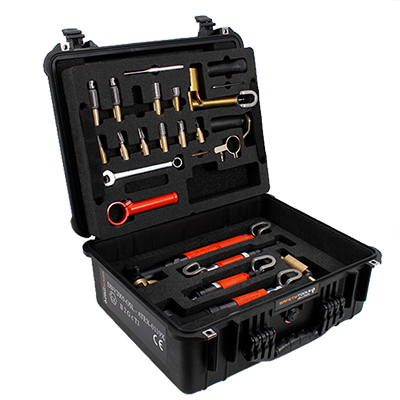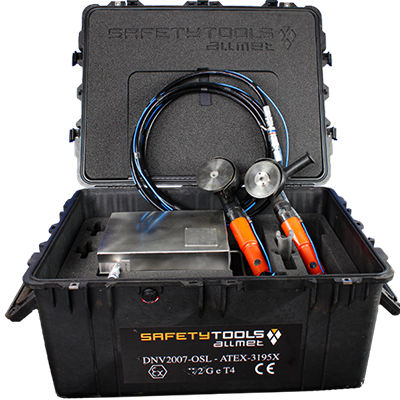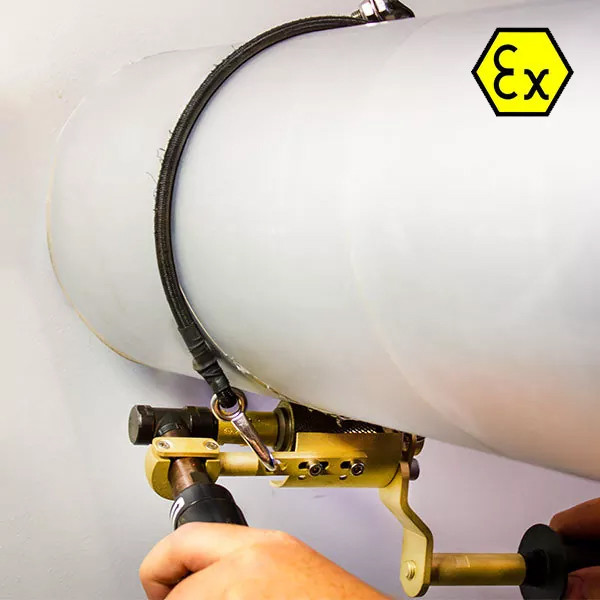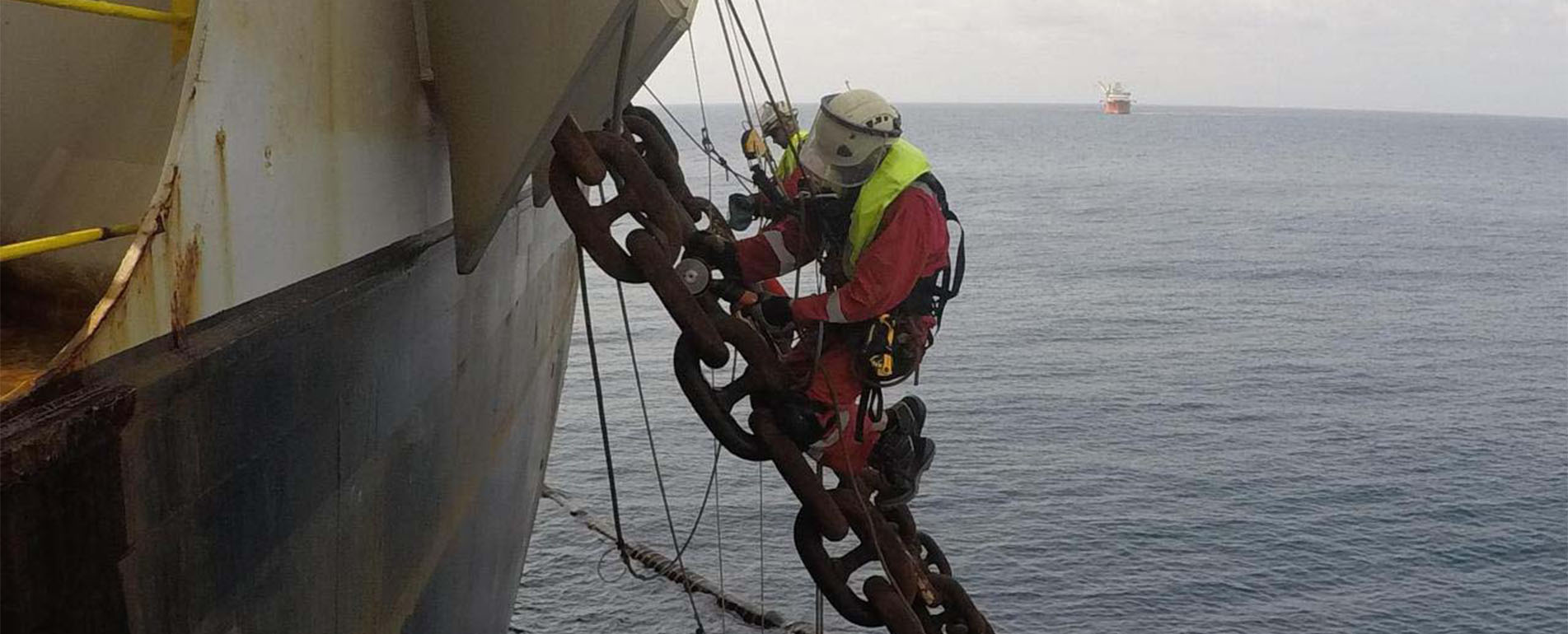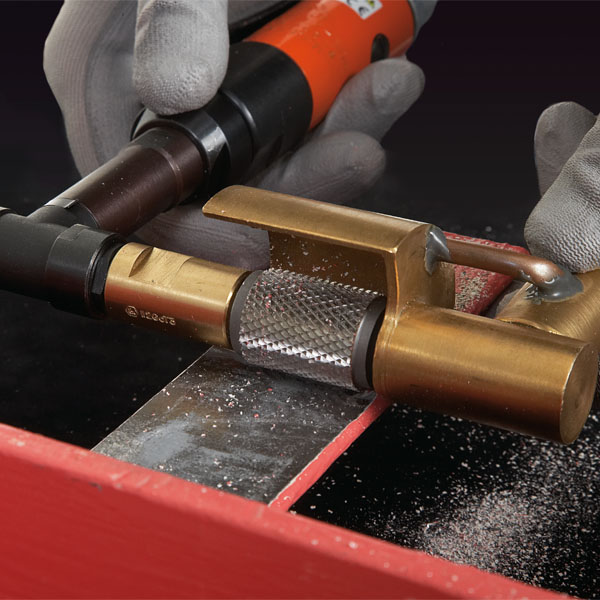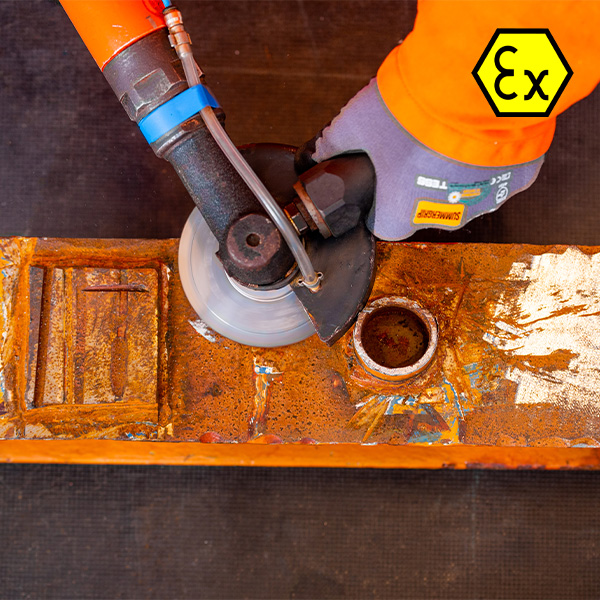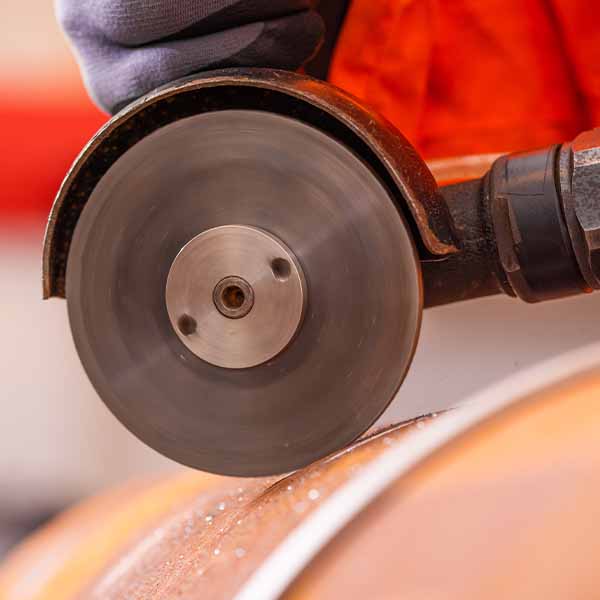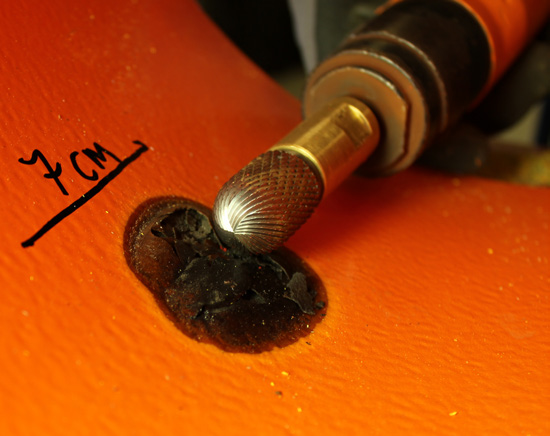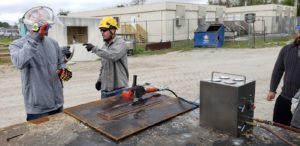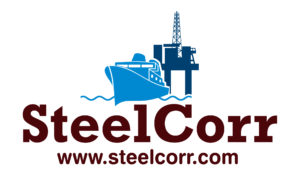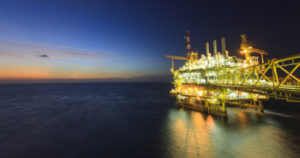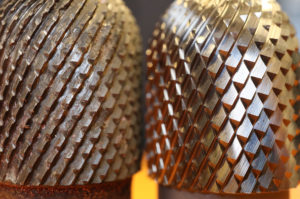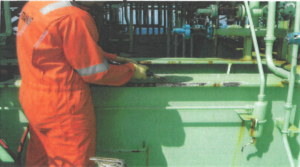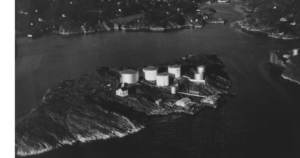FPSO – Introduction and corrosion control
Traditional trading vessels will dock at regular intervals, typically between 2,5 to 5 years. An FPSO will be in continuous operation its entire service life. Better corrosion protection, maintenance methods, and new ways to monitor corrosion are crucial.
Steel hull structures, ballast tanks, and other tanks are often exposed to seawater and the marine environment. They are most susceptible to corrosion and are often the primary concern regarding corrosion. But it is crucial to also focus on external areas such as decks and superstructures.
It is essential to select a cost-effective corrosion protection system. Usually based on a combination of corrosion margins, coatings systems, and cathodic protection.
We will take a look at some of the different options for both monitoring and corrosion treatment.
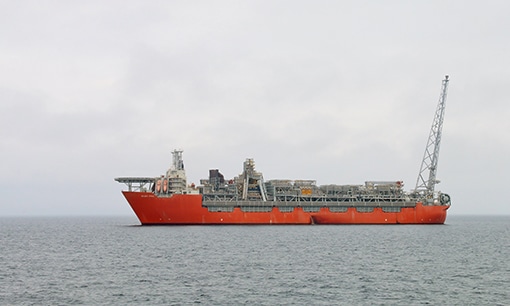
FPSO/FSO
FPSO
(floating production and storage offshore)
FSO
(floating storage offshore)
Surface preparation
The preparation of steel surfaces is of the greatest importance for the durability of a coating. It may be more important than the selection of coating type. A high-quality and technically sophisticated coating is useless if the steel surface preparation is neglected. Consequently, the good performance of the coating depends on adequate surface preparation. Early coating failures are often caused by inadequate surface preparation.
Types and methods of surface preparation
There are three main types of surface preparation.
Abrasive Blast Cleaning
- The most common form of surface preparation
- Track record spanning over 50 years
- Various abrasives can be utilized
- Specialist training of operatives required
High-Pressure Water jetting
- No surface profile is achieved
- The cost of the equipment is very high
- Specialist training of operatives required
- High possibility of flash rusting
- Difficult to collect wastewater after jetting
- Dangerous if not done correctly
Mechanical Preparation options
- Mechanical wire-brushing
- Hand Wire-brushing
- Disk/Grinding
- Needle gunning
- Abrasive paper rubbing
- Solvent Cleaning
The options are plentiful; some have been around for a long time. There is no perfect universal tool for every situation. You should always consider different tools depending on the job. When it comes to an FPSO, Ex zones must be treated with tools that are certified for the job.
In Ex gas zone 2. Gas would only be present in this area or zone as an unwanted substance. Or a result of an abnormality and should be present fewer than 10 hours a year.
In Ex gas zone 1. Gas may be present from about 10 to 10,000 hours a year.
These Ex zones require special Ex-proof tools and other Ex-proof equipment. Because of the high explosive danger.
An FPSO Ex zone 2. Is typically near the crew’s quarters, such as the loading and unloading pad.
An FPSO Ex zone 1. Is typically areas that is near the processing equipment.
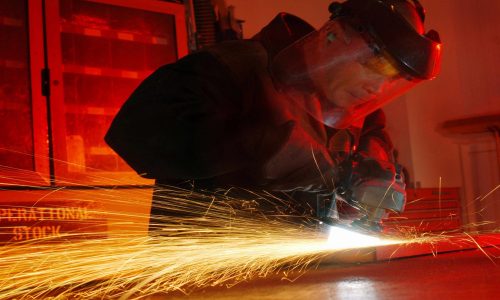
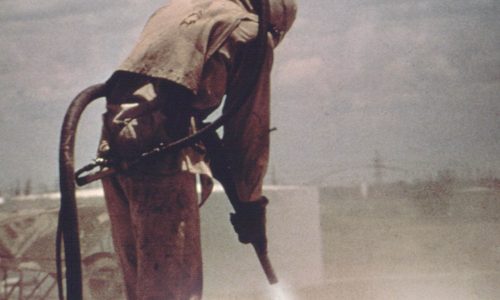
Cold work option for FPSO
Ex-certified cold work surface preparation tools from Safety Tools Allmet. Give a good clean surface with a profile meeting the requirements of the SSPC-SP11 Surface Preparation Standard↵.
This standard is suitable where a roughened, clean, bare metal surface is free of the following. All visible oil, grease, dirt, rust, coating, oxides, mill scale, corrosion products, and other foreign matter is required. But where abrasive blasting is not feasible or permissible. The peaks and valleys on the prepared surface form a continuous pattern with no smooth, unprofiled areas.
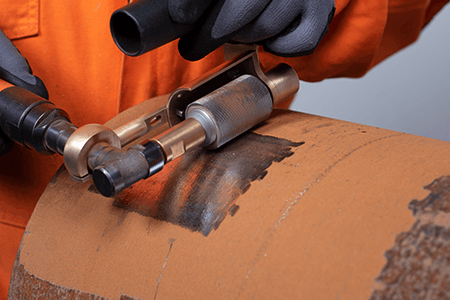
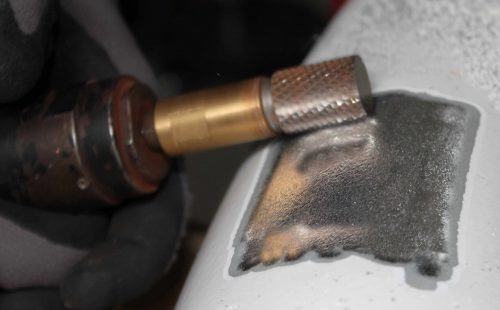
Health, Safety and the Environment
There are many factors to consider when choosing the right tool for the job.
Any serious operator will, by 2021 standards, have top priority for the safety of their operators. Putting HSE first.
There are many risk factors with the different types of tools available. Abrasive Blast Cleaning requires full body-covered protective equipment with an air filtration system. Regular checkup on the operator and air quality is important.
High-Pressure water jetting requires special PPE and high focus from the operator. The water jetting usually operates at around 1700 bar. The pressure is very high. If any limbs were in contact with the water, they would be cut right off.
Mechanical preparation tools often create high noise levels, sharp fragments, and dust.
Needle gunning should only be used over short periods due to the vibratory effect on the hands. If these tools are not used correctly by not taking breaks, the operator might get vibration-related injuries.
The introduction of Safety Tools Allmet Cold Grinding & Cutting tools
- Ex-certified for use in zone 1 & 2. No Hot work permits. Certified by DNV and it is classified as a Cold Working Tool.
- No hot sparks. Prevention of spot corrosion caused by conventional cutting and grinding.
- Low heat. The heat ranges from 30℃ to 60℃ for steel grinding. You can immediately place your hands on the steel, even after a long period of grinding or cutting.
- Low vibration. Tested and approved for subsequent use over a full working day. 7,5 hours
For the above pointers. There is no requirement for the use of habitats or fireguards. No need to cover expensive equipment nearby. It is possible to work near your colleagues, improving productivity.
Cold cutting – The new competitor
Brand new ways of working with no production disruption in ATEX environments
Cold Work and Spot Repair options


